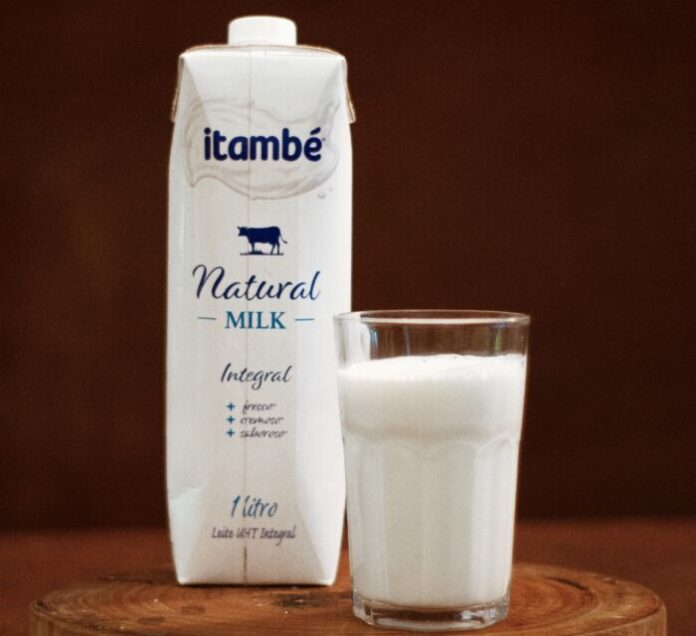
Where do I thrown the tetrapak? The answer is: it depends on the city. Those who are careful in making a correct separate collection, will have wondered at least once where the containers of milk or fruit juices are thrown. Well, the answer varies according to the area: in most of the municipalities, the tetrapak must be given in the paper, in others in the multi-material, in still others in the undifferentiated dry.
For example in Milan and Rome (and in most Italian municipalities) they throw themselves into the paper bin, after having taken care to rinse the inside of the package and have removed the plastic cap. However, in other cities, such as Florence for example, the Tetra Pak goes into the collection of the multi-material.
To understand the reason for these differences, you need to know what the tetrapak is and how it is made. First of all, we specify that Tetra Pak is the name of the Swedish company that produces this type of food packaging, which are poly-coupled, or products composed of different materials.
The tetrapak is in fact a paper package made with wood and cellulose from forests managed according to environmental sustainability criteria, coupled with a thin layer of aluminum internally and one in polyethylene externally. To join these products, the tetrapak is hot worked without using chemical adhesives.
The tetrapak is perfect for packaging and transporting liquid foods such as milk or tomato preserves or fruit juices, as it perfectly preserves the food without altering its color and taste.

The recycling of tetrapak requires that, once it arrives in the appropriate facilities, it is subjected to a process of mechanical separation of the various components. The paper will be recycled while the plastic and aluminum will be regenerated. Ultimately, regardless of the bin in which it is thrown, the tetrapak will be subjected to the same procedure.
Recycling this material brings numerous benefits to the environment. In fact, cellulosic-based polylaminates represent an important source of secondary raw material that can be reused to produce new objects. Two new materials are obtained from the processing and recycling of tetrapak: cartafrutta, that is a brown paper, particularly suitable for the production of shopping bags and stationery; and ecoallene, a plastic and printable material, used in construction and costume jewelery.
In Italy there are two paper mills, Lucart in Diecimo (Lucca) and Cartiere Saci in Verona, which have specialized in the recycling of polylaminates.



































